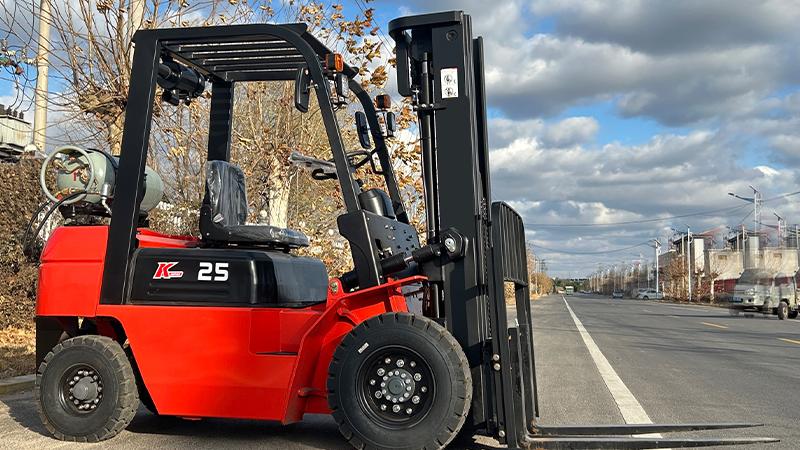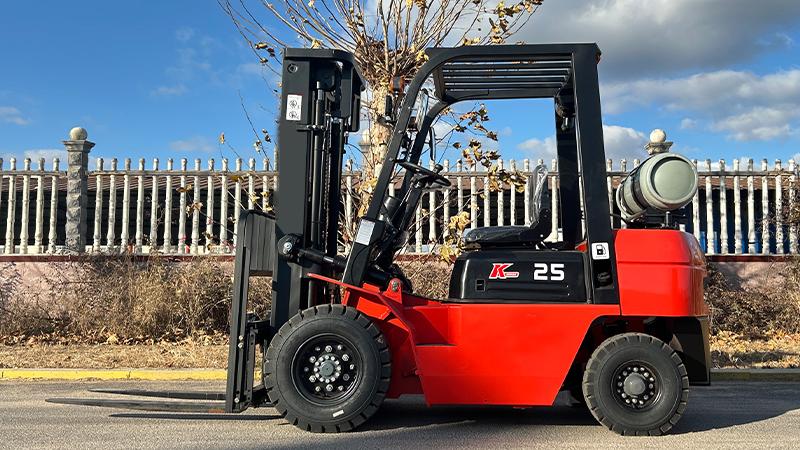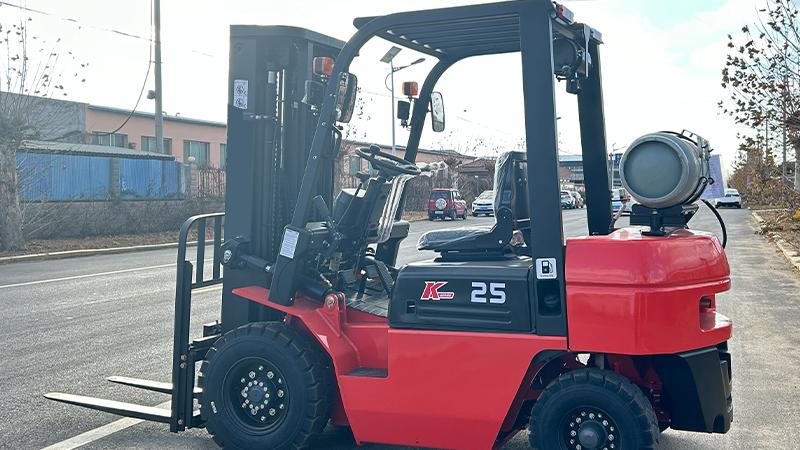The question of how long a typical LPG forklift cylinder lasts during operation is a fundamental concern for warehouse and logistics managers aiming to optimize fuel costs and operational uptime. A definitive, one-size-fits-all answer is elusive, as the duration is influenced by a dynamic interplay of several critical factors. Primarily, the physical size and water capacity of the cylinder itself set the baseline; common sizes range from 33-pound cylinders, often used in light to moderate applications, to larger 43-pound or even 100-pound cylinders for more demanding, continuous shifts. The forklift's engine efficiency and horsepower rating also play a crucial role, as a more powerful, high-consumption engine will deplete the same cylinder much faster than a smaller, economically tuned one. Furthermore, the work cycle intensity—defined by the frequency of lifts, travel distances, and the number of starts and stops—directly correlates with fuel consumption. Therefore, while a rough industry estimate for a standard 33-pound cylinder might range from 6 to 8 hours under average load conditions, this figure should be viewed as a starting point for a more nuanced analysis of your specific operational environment, rather than a guaranteed runtime.
Delving deeper into the operational variables, the load capacity and the actual weight being lifted are paramount in determining LPG consumption. A forklift operating consistently at or near its maximum rated capacity, such as 3,000 or 5,000 pounds, will exert significantly more engine strain and consume fuel at a much higher rate compared to one handling lighter loads. The work environment and operator behavior further compound this effect. Operations conducted on inclined surfaces, such as loading ramps, or in outdoor settings with uneven terrain demand more engine power and thus, more fuel. Similarly, an operator's habits heavily influence duration; aggressive acceleration, high travel speeds, and excessive idling can drastically reduce the operational life of a single cylinder. In contrast, a forklift used for light, sporadic duties in a climate-controlled warehouse, operated by a trained professional who practices smooth and efficient driving techniques, will achieve a much longer runtime from the same cylinder, potentially exceeding the average estimates.
Beyond immediate usage patterns, the technical specifications of the LPG fuel system itself are critical for accurate runtime estimation. The cylinder's tare weight, stamped on its collar, is essential for calculating the actual amount of propane available, as forklift cylinders are filled by weight, not by volume. Typically, they are filled to 80% of their water capacity to allow for safe liquid-to-vapor expansion. For precise tracking, monitoring fuel consumption in terms of pounds of propane per hour of operation provides a more reliable metric than time alone. Advanced LPG forklift models equipped with electronic fuel injection systems tend to offer superior fuel efficiency and more consistent performance compared to older carbureted models, directly impacting how long a cylinder will last. Understanding these technical details empowers managers to move beyond guesswork, enabling them to model fuel needs based on their specific fleet's makeup and the unique demands of their daily workflow, leading to more accurate operational planning.
In conclusion, estimating the operational duration of an LPG forklift cylinder requires a holistic view that integrates equipment specifications with real-world usage. There is no single "typical" duration, but a range shaped by cylinder size, forklift model and engine efficiency, applied load, and operator discipline. To maximize runtime and operational efficiency, businesses should invest in operator training focused on fuel-efficient driving techniques, implement a rigorous maintenance schedule to ensure engines are running at peak efficiency, and strategically select cylinder sizes that match the intensity and duration of their work shifts. By adopting this comprehensive approach, companies can effectively manage their LPG fuel logistics, minimize unnecessary cylinder changeover downtime, and ensure a smooth, predictable, and cost-effective material handling operation, ultimately enhancing overall productivity and the bottom line.
Post time:Oct.28.2025



